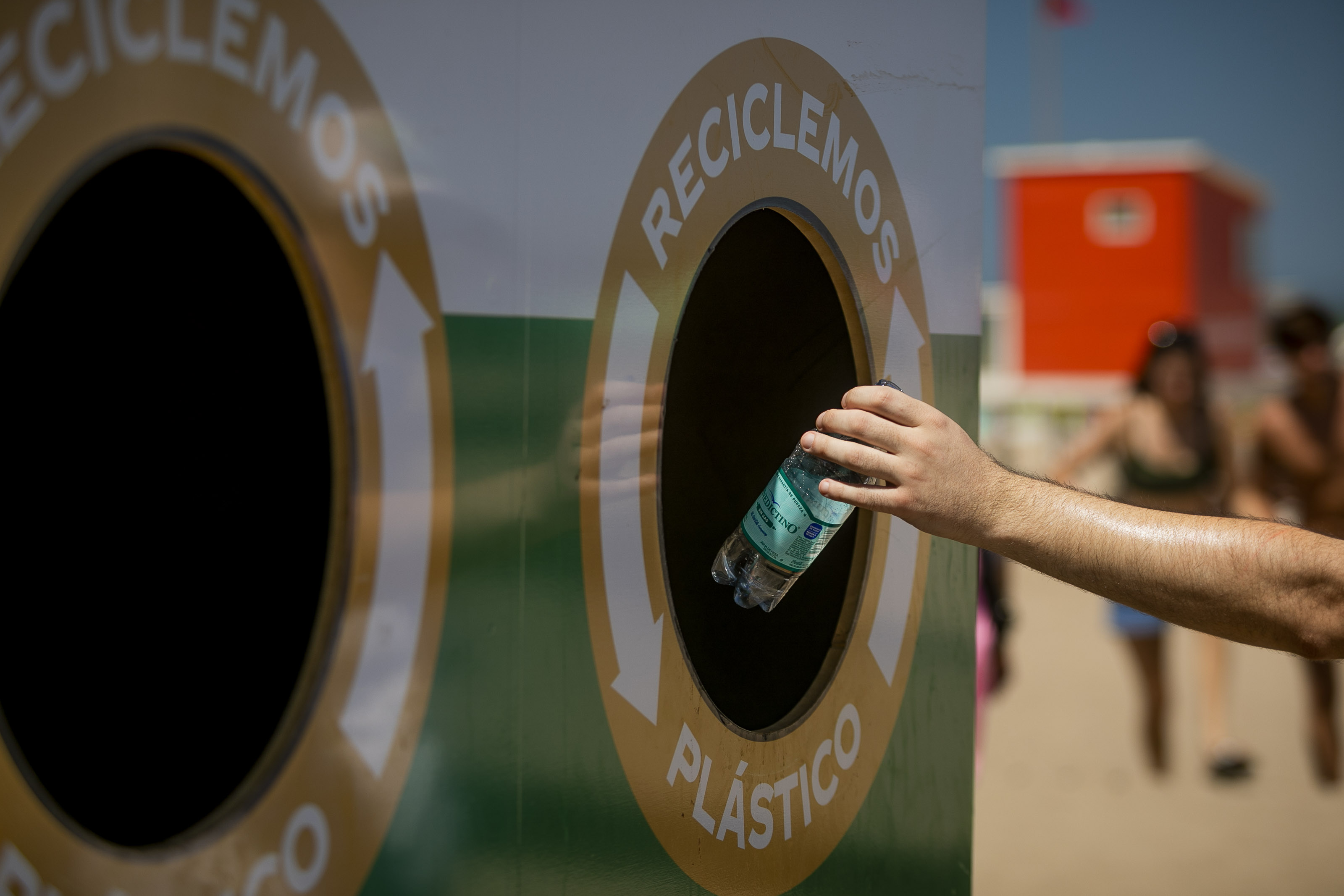
Climate Change Solutions: Important Actions
Climate change issues today
Climate change is causing a number of problems globally. Among the most worrisome are:
- Extreme weather events: Climate change is increasing the frequency and intensity of extreme weather events, such as hurricanes, storms, floods and heat waves. These events have devastating consequences for affected communities.
- Droughts: Prolonged droughts are becoming more common, affecting drinking water availability, agriculture and food production, which can lead to food crises and resource conflicts.
- Sea level rise: The melting of glaciers and polar ice, along with thermal expansion of water, is causing sea levels to rise. This puts coastal communities at risk and can lead to the loss of critical habitats.
Ocean acidification: Excess CO2 also dissolves in the oceans, causing acidification. This affects marine life, especially organisms such as corals and mollusks, and alters ocean ecosystems. - Biodiversity loss: Habitat alteration and ecosystem changes are leading to a significant loss of biodiversity, endangering many species that cannot adapt quickly to the new conditions.
Climate change solutions: Reducing fossil fuel consumption
To combat climate change, it is essential to drastically reduce our consumption of fossil fuels. Here are some of the main solutions:

Energy efficiency: Improving energy efficiency in all sectors can significantly reduce greenhouse gas emissions. This includes using more efficient technologies and optimizing industrial and transportation processes.
Sustainable transportation and buildings: Promoting the use of electric and low-emission vehicles, as well as the construction of buildings that meet sustainability and energy efficiency standards, can significantly reduce our carbon footprint.


Renewable energy: The transition to renewable energy sources such as solar, wind, geothermal, and biomass is crucial. These energy sources produce electricity without emitting carbon dioxide and other pollutants.
Sustainable agriculture: Implement sustainable agricultural practices that reduce greenhouse gas emissions, increase soil carbon sequestration and preserve biodiversity.


Reforestation and conservation: Reforestation and forest conservation are essential for absorbing CO2 from the atmosphere. Forests act as carbon sinks, and their protection is vital for maintaining climate balance.
Climate Change Solutions: Industrials
Industry plays a key role in the fight against climate change, so to reduce its environmental impact, it must adopt clean technologies and more sustainable production processes.
- Use of recycled materials: One of the most important solutions is the use of recycled materials. Encouraging recycling within the industry can reduce the demand for virgin raw materials and reduce the emissions associated with their extraction and processing. In addition, developing products using materials that can be easily recycled at the end of their useful life contributes to a circular economy and minimizes waste generation.
- Waste reduction: Waste reduction is another key strategy. Optimizing manufacturing processes to minimize waste and improve the efficiency of material utilization can have a significant impact. Implementing waste management systems that include sorting, recycling and reusing industrial waste is also valuable in reducing the environmental impact of industrial production.
- Carbon capture and storage (CCS): Carbon capture and storage (CCS) is an essential technology in the fight against climate change. Adopting technologies that capture CO2 emitted during industrial processes before it reaches the atmosphere and developing facilities to safely store captured CO2 in subway geological formations can significantly reduce industrial greenhouse gas emissions.
- Supply chain optimization: Supply chain optimization also plays a vital role. Implementing more efficient transportation strategies, such as the use of electric vehicles and route optimization, can reduce the carbon footprint of logistics operations. In addition, collaborating with suppliers who share a commitment to sustainability and establishing environmental criteria in supplier selection helps to promote responsible practices throughout the supply chain.
- Energy efficiency: Finally, improving energy efficiency is crucial to reducing industrial emissions. Implementing technologies and practices that improve the energy efficiency of industrial processes, as well as integrating renewable energy sources such as solar panels and wind power into industrial operations, can reduce dependence on fossil fuels and reduce greenhouse gas emissions.

Climate change solutions: Technological
Technological innovations play a fundamental role in the fight against climate change, offering tools and strategies to reduce greenhouse gas emissions and improve efficiency in the use of natural resources.
- Precision agriculture: Precision agriculture uses advanced technologies such as sensors and drones to monitor and manage crops more efficiently. This allows optimizing the use of resources such as water and fertilizers, reducing the environmental impact of farming practices. In addition, the development of genetically modified crops and climate-resistant plant varieties can increase agricultural productivity and reduce vulnerability to extreme weather conditions.
- Improved energy storage technologies: The development of high-capacity batteries and grid storage systems is crucial for storing energy generated by renewable sources. Lithium-ion and solid-state batteries, together with grid-scale storage solutions, enable more efficient and stable power supply management.
- Advances in the energy efficiency of devices and systems: Innovation in high-efficiency appliances and electronics, coupled with the construction of smart buildings equipped with efficient technologies, can significantly reduce energy consumption in the residential and commercial sectors.
- Emerging technologies: Artificial Intelligence (AI) and the Internet of Things (IoT) optimize the use of energy resources through real-time monitoring and management. These technologies enable more accurate management of energy consumption and improve the operational efficiency of power plants and power grids.

Climate Change Solutions: Social
Climate change is a global challenge that requires the active participation of society as a whole. Adopting sustainable and responsible habits in our daily lives can make a big difference. Here are the most important social solutions we can implement:
- Promote awareness and education
Informing and educating the community about the impacts of climate change and the actions that can be taken to mitigate it is essential. Awareness campaigns and educational programs integrated into school and community curricula are key to building aware and responsible citizens. Workshops, lectures and hands-on activities can teach about climate change and available solutions, empowering people to take effective action in their daily lives. - Reducing energy consumption in the home
Reducing energy consumption in the home is one of the most effective ways to reduce our carbon footprint. Turning off lights and electronics when not in use, using energy-saving light bulbs and efficient appliances, and improving home insulation are simple measures that can have a big impact. - Opting for sustainable modes of transport
Encouraging the use of public transport, bicycles and walking instead of using private vehicles is one of the most effective ways to reduce CO2 emissions. This not only reduces air pollution, but also improves personal health and reduces traffic congestion. - Practicing responsible consumption and waste management
Adopting a responsible consumption approach means buying less and opting for durable, quality products. Reusing and repairing items instead of throwing them away reduces the amount of waste we generate. In addition, separating waste to recycle materials such as plastic, glass, paper and metals helps reduce pollution and the use of natural resources. - Reduce food waste
Wasting less food is crucial to reducing greenhouse gas emissions from food production, transportation and spoilage. Planning meals, storing food correctly and reusing leftovers are practices that help reduce food waste.
Conclusion: Solutions to climate change
Tackling climate change requires a comprehensive approach that combines technological, industrial and social solutions. Innovations in clean energy, energy efficiency and carbon capture are essential to reduce greenhouse gas emissions. Sustainable industrial practices, such as the use of recycled materials and process optimization, also play a role.
However, the key to success lies in the active participation of society. Awareness and education on climate change, together with the promotion of sustainable lifestyles and citizen participation in decision-making, are key to generating lasting change. Government policies and incentives must support these initiatives, creating an environment that facilitates and promotes sustainable practices.
Climate change is a global challenge, but solutions begin at the local level, with individual and community actions. Collaboration and continued commitment from all sectors of society are essential to mitigate its effects and ensure a livable planet for future generations. Only through a concerted effort can we build a greener and more resilient future.




